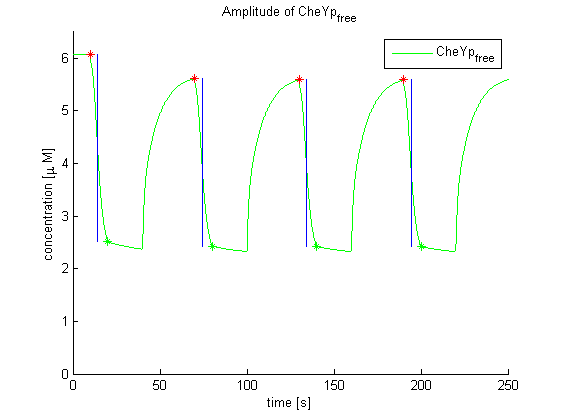Team:ETHZ Basel/Achievements/Systems Design
From 2010.igem.org
Interworking: Engineering & Biology

E. lemming is a special project, because the final product has biological and engineering aspects in equal parts. For this reason, it was decided to connect the wet laboratory and the modeling subteam closely from the very beginning to make the best decisions for the whole project. This process is called interworking: multiple parts interact with each other to create a comprehensive result.
Wet Laboratory: Experimental data
Bacterial movement
Besides its theoretical importance of closing the modeling loop of our system, the Movement Model also brings together biological and theoretical results, by the in - silico reproduction of the in - vivo observed data. All the parameters of our model are based on statistical estimates of the biologically observed Chemotaxis behavior. Furthermore, by fixing the parameters for which the biological evidence supports independence, the model is accurately estimating the remaining set of parameters, providing us with reliable biological feedback & novel insights.
Cell detection
<<< how did experimental data (E. coli) help to create cell detection? write about this here. >>>
Mathematical Modeling: Parameter evaluation
Modeling insights for wet laboratory
Mathematical modeling of biological pathways should never be an end in itself. Instead, mathematical models should be build to give insights into the pathway of interest, which are otherwise hard to obtain, or to speed up experimental work. In this project, a molecular setup for implementation by the wet laboratory was evaluated and resulted in an effort alleviating priority list of BioBrick candidates. Parameter Evaluation: Insights for wet laboratory provide more information about this topic.
| Che | LSP1 | LSP2 | [Asp] | [AP] | [anchor] |
|---|---|---|---|---|---|
| CheY | PIF3 | PhyB | 10^-6 uM | 40 uM | 50 uM |
Modeling insights for information processing
Furthermore, the combined model was used to estimate the reaction time of the network on the red and far-red light pulses and the optimal configuration of the light pulse setup, crucial for the controller design. See Parameter Evaluation: Insights for information processing for more details.
| model | tc RL | tc FRL |
|---|---|---|
| Spiro et al. | 0.2200s | 0.3485s |
| Mello & Tu | 0.1380s | 0.3205s |
 "
"



